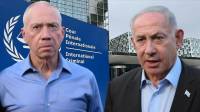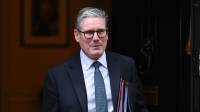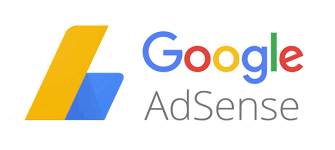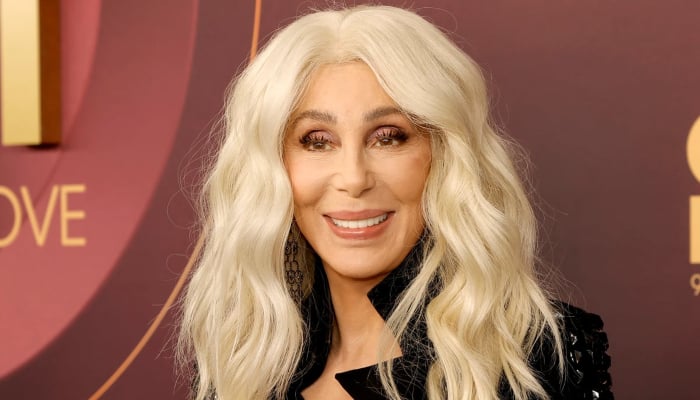
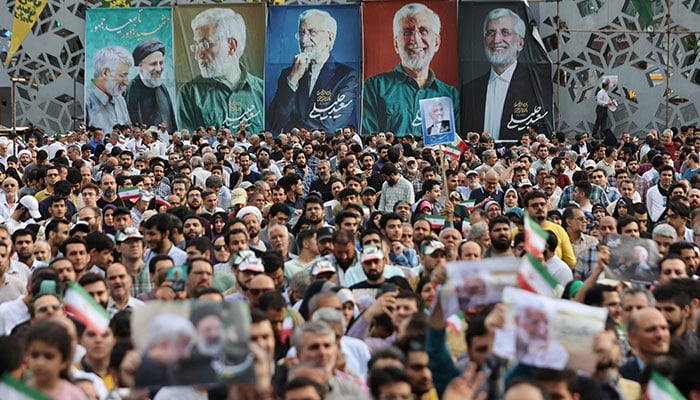
- Six presidential candidates have staged mostly low-key campaigns.
- Vow to implement country’s 7th development plan to curb inflation.
- Snap polls follow president Raisi's death in helicopter crash in May.
TEHRAN: Iranians will take to polling booths on Friday as the country sets sight on the presidential election with hopes of redress of economic woes amid prevailing turbulent times witnessed by the nation.
A presidential election had not been due until 2025, but was brought forward after late president Ebrahim Raisi died in a helicopter crash last month.
The snap poll comes at a challenging time as Iran grapples with the economic impact of international sanctions amid heightened regional tensions over the Gaza war between Israel and Hamas.
Leading contenders for Iran's second highest-ranking office are conservative parliament speaker Mohammad Bagher Ghalibaf, conservative former nuclear negotiator Saeed Jalili, and the reformist, Massoud Pezeshkian.
The others are conservative Tehran mayor Alireza Zakani, cleric Mostafa Pourmohammadi, and incumbent vice president Amirhossein Ghazizadeh-Hashemi, the head of the Martyrs' Foundation.
The six have staged largely low-key campaigns, which included televised debates where they vowed to tackle economic challenges and offered varied views on Iran's relations with the West.
Reformist figures including former president Mohammad Khatami and ex-foreign minister Mohammad Javad Zarif have endorsed Pezeshkian.
Alireza Valadkhani, a 35-year-old tax consultant, told AFP he will vote for Ghalibaf as he "is the only one who can help Iran in its current situation".
Economic challenges
A pressing challenge faced by all the candidates is how they would tackle the prevailing economic woes of the people who are finding it difficult to make ends meet.
Although the country has avoided a total economic meltdown, thanks mainly to oil exports to China and higher crude prices, petroleum exports are still below their pre-2018 levels.
Most candidates seeking to replace Raisi say they plan to emulate his policy of economic self-reliance and more business ties to Asia. Others have defended broader relations with the world without offering practical steps to address sanctions.
With unemployment running at about 7.6%, according to the World Bank, compared to 9.6% when Raisi was elected. Yet many formal jobs pay a pittance, meaning the true figure of people without adequate work to live on is probably far higher.
"It is not difficult to understand why most Iranians are angry," said Djavad Salehi-Isfahani, Professor of Economics at Virginia Tech.
"Living standards and poverty may have improved in the last two years, but this is not true going back a decade or two. The new president can inject hope and stop the conditions from getting worse, but not get Iran back to the 2000s," Salehi-Isfahani added, referring to a more prosperous period.
Prices for basic goods like dairy, rice and meat have skyrocketed in recent months. The subsidised price of lavash bread, the most popular for Iranian households, shot up by at least 230% in the last three years, while red meat has become too expensive for many, its price rising by 440% to $10 per kilogram.
Candidates have promised to implement the country’s seventh development plan approved last year by parliament. It aims to curb inflation and develop exports and sets out ambitious targets of achieving 8% annual growth under sanctions.
But the WB forecasts for the next three years see annual growth rates below 3.2% for Iran, as a result of subdued global demand, sanctions and domestic energy shortages.


